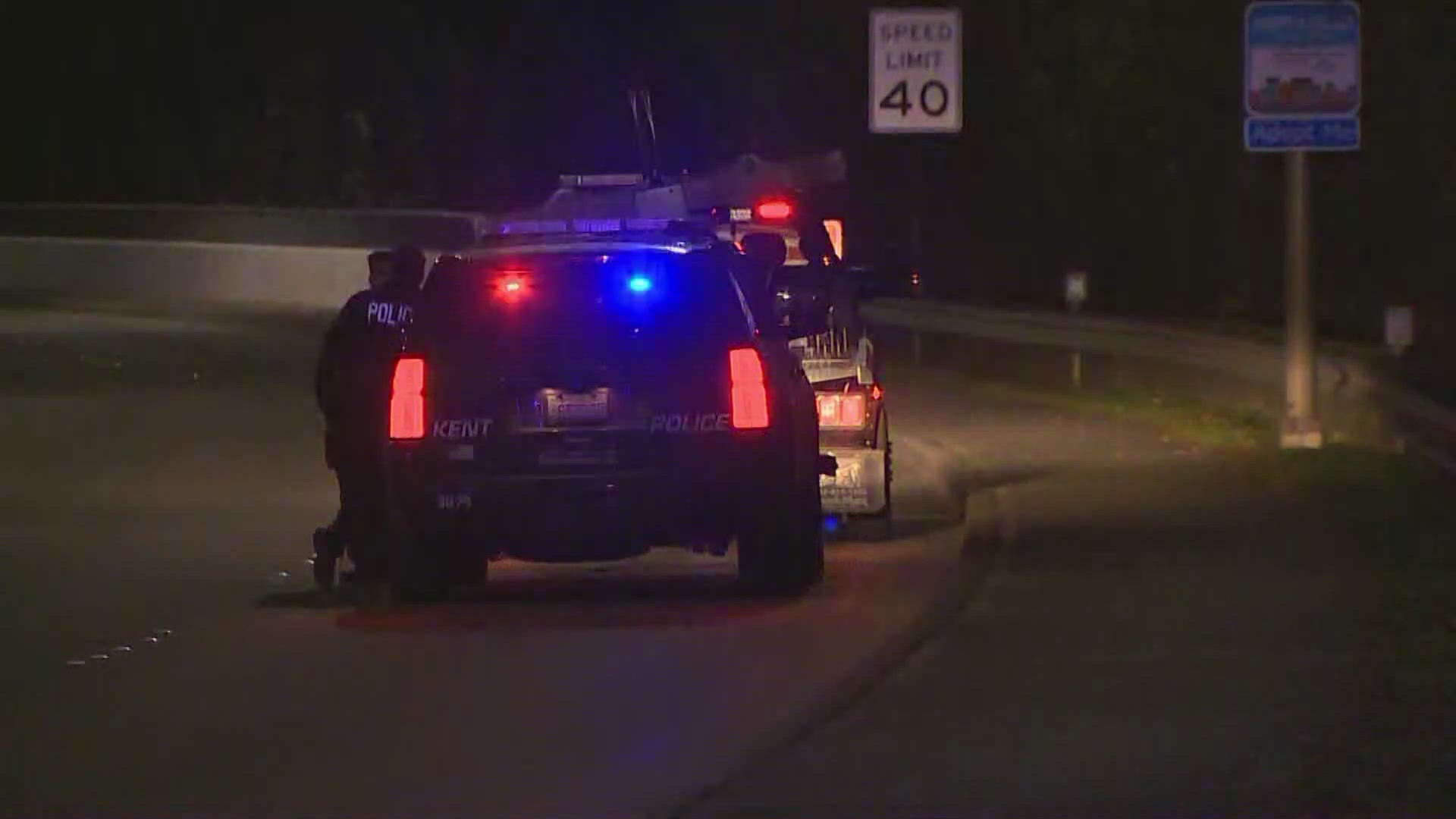In the wake of the latest school shooting massacres, Washington leaders are accelerating their work on new school and gun safety efforts.
“Clearly now we have a generation of kids that don't know what it's like to have to think about school shootings,” said Renée Hopkins, CEO of Washington’s Alliance for Gun Responsibility.
It's a topic that hits close to home for Hopkins. Her brother was killed in the Moses Lake school shooting in Washington state in 1996.
In her work as a gun safety advocate, she’s helped pass the state’s background check initiative I-594 and, most recently, the Extreme Risk Protection Order Initiative 1491.
The Alliance for Gun Responsibility is now working on its biggest initiative to date, a measure to raise the age of purchase of semi-automatic rifles to 21, as well as require enhanced background checks, similar to what’s required currently for handguns. The proposal also includes new standards for safe storage.
While supporters still need to collect the nearly 300,000 signatures needed to qualify for the November ballot and defend a newly filed legal challenge over the ballot title, Hopkins believes the energy following the Parkland shooting massacre cannot be underestimated.
“I think that the youth really standing up and saying they've had enough after Parkland has changed the energy around the issue,” said Hopkins.
The new initiative comes after gun safety efforts in the state legislature stalled earlier this year. However, State Senator Steve O'Ban, R-University Place, secured money in the supplemental budget to form a new school safety task force.
The group, run by the Washington Association of Sheriffs and Police Chiefs (WASPC) is comprised of law enforcement, school officials, the Attorney General’s Office and the Office of Superintendent of Public Instruction, the ACLU and others.
The task force began meeting in April and has eight meetings scheduled before a December deadline to make recommendations to the legislature ahead of 2019 session.
“I think all things should be on the table,” said O’Ban.
He says that could include looking at whether extra school resource officers are needed, as well as a system to identify and potentially intervene if a student is displaying troubling or threatening behavior.
“I don't think there's a strategy to take that information at the school level, share it with law enforcement, have someone then do, whether it's a mental health professional working in connection with law enforcement, make a risk assessment, then act,” said O’Ban. “I don't think we have a good strategy for that important conversation to take place and take place promptly.”
The work group’s next meeting is scheduled for June 5 in Lacey. A WASPC spokesman says the focus will be on the role of school resource officers in intervening against potential perpetrators.
Senator O’Ban says he also wants the group to develop strategies to better educate the public about the Extreme Risk Protection Order, passed by voters in 2016.
That law allows family members or law enforcement to petition a judge to temporarily block an individual’s access to firearms if there’s evidence of a threat.



